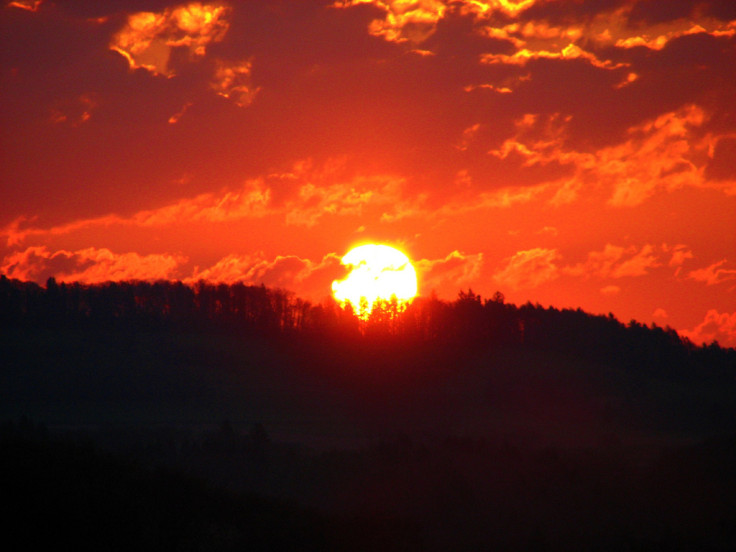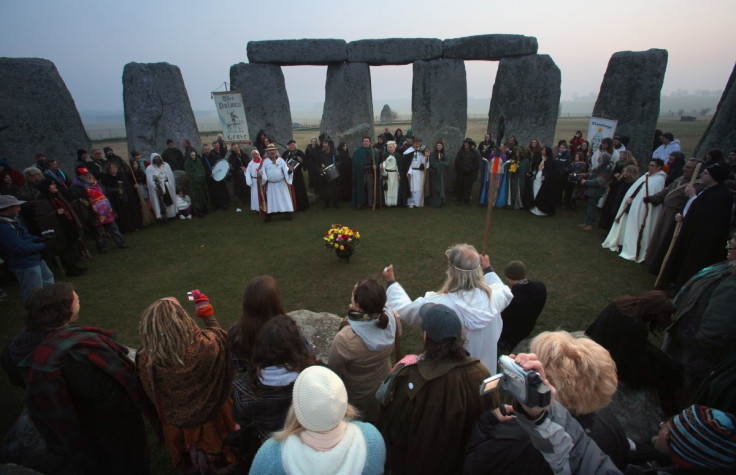Spring Equinox 2016: Everything you need to about earliest spring arrival for 120 years

Spring officially begins on Sunday 20 March, in the Northern Hemisphere, and as the Sun crosses the celestial equator, daylight hours will become longer than night-time hours from around 4.30am GMT. The Spring Equinox – or Vernal Equinox – marks the point in the year when winter yields to spring. When the Sun passes the imaginary line above the equator – known as the celestial equator – day and night hours are closer to 12 hours each than any other day in the year (apart from the Autumn Equinox).
The name 'equinox' is derived from the Latin translation for 'equal night'. On any other day of the year, the Earth tilts its axis so that either the Northern Hemisphere nor the Southern Hemisphere is slightly pointing towards the Sun.
However, on an equinox day, the equator is pointing directly towards the sun's rays. That means that all over the world, daytime and night-time will be equal. The spring equinox – or autumn equinox for the Southern Hemisphere – takes place at exactly the same time around the world; 04.30 GMT/00.30 ET on Sunday 20 March.
"Thanks to some Leap Day weirdness this year, we're in for the earliest arrival of spring since 1896," said Paul Cox, astronomer from Slooh. "Vernal Equinox usually occurs on March 21st, but this year, depending on your time zone, it falls on March 19 or 20. That's great for those of us in the Northern Hemisphere, but it also marks an early start to winter for those in the Southern Hemisphere."
Pagan celebrations

For Pagans and Druids, the spring equinox is a time to celebrate the second Wheel of the Year – a series of four festivals celebrated annually. It is the time of the ancient Saxon goddess Eostre, who represents new beginnings and fertility.
Every year celebrations take place at Wiltshire's Stonehenge to mark the beginning of spring. Around 100 people make their way to the World Heritage Site before sunrise and fall silent as the sun begins to creep over the horizon. Pagans witnessing the event say it is akin to a spiritual experience.
Slooh.com will be livestreaming views of the Sun from 21.00 GMT, and will also be discussing more historical and cultural significances of this annual event. You can watch everything below.
© Copyright IBTimes 2025. All rights reserved.






















